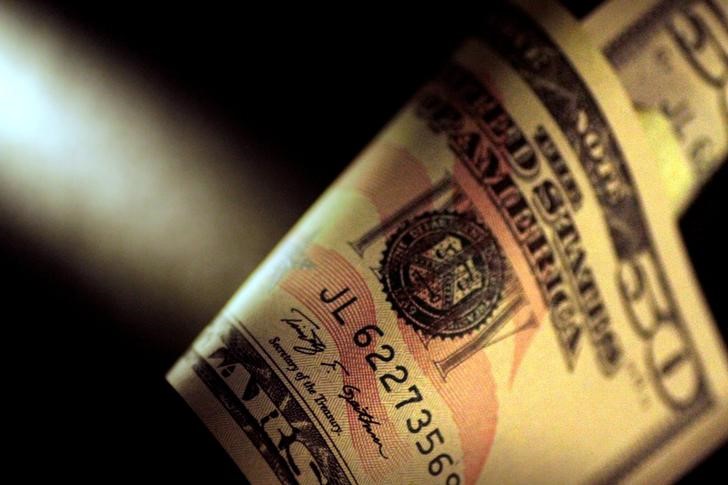
The Japanese yen softened after making strong gains this week, although sentiment towards Japan was buoyed by positive purchasing managers index data.
Broader Asian currencies were also sitting on some gains this week amid growing conviction that the Federal Reserve will begin cutting interest rates from September. But weak labor market data released on Wednesday somewhat unsettled risk sentiment, as fears of a U.S. recession came back into play.
The dollar Index and dollar index futures both rose 0.2% in Asian trade, rebounding from three days of steep losses that put the greenback at seven-month lows.
Weakness in the dollar came amid growing bets on a September interest rate cut, with the minutes of the Fed’s late-July meeting, released on Wednesday, showing most policymakers were in favor of lower rates.
A sharp downward revision in U.S. payrolls data for the year to March 2024 furthered the case for lower interest rates. But the revision also spurred renewed concerns that a slowing labor market signaled a U.S. recession, especially as payrolls data for recent months also showed weakness.
Focus is now on an address by Fed Chair Jerome Powell at the Jackson Hole Symposium on Friday, for more cues on the economy.
The Japanese yen fell slightly on Thursday, but retained a bulk of its run-up this week as economic data fueled increased bets on more interest rate hikes by the Bank of Japan. The USDJPY pair hovered around the mid-145 yen level.
Purchasing managers index data showed Japan’s services sector grew steadily for a second consecutive month, helping offset a contraction in manufacturing activity.
Strength in the services sector was also driven by improved local demand, as private consumption picked up amid rising wages. This in turn presented a higher outlook for inflation- which could spur more interest rate hikes from the BOJ.
Japanese consumer inflation data is due on Friday and is expected to provide more cues on the economy.
Broader Asian currencies were muted as markets weighed the prospect of a U.S. recession against lower interest rates.
The Chinese yuan’s USDCNY pair was flat, while the South Korean won’s USDKRW pair rose 0.2% after the Bank of Korea kept interest rates on hold and flagged the prospect of a rate cut later this year.
The Australian dollar’s AUDUSD pair fell 0.1%, cooling after a recent rally, while the Singapore dollar’s USDSGD pair rose 0.1%.
The Indian rupee’s USDINR pair rose slightly and remained close to a record high.
To read the full article, Click Here

